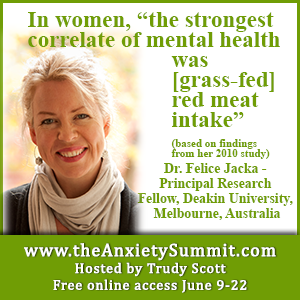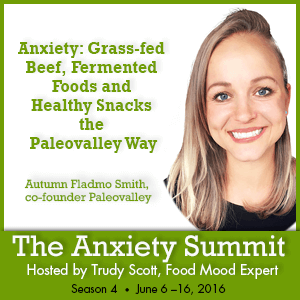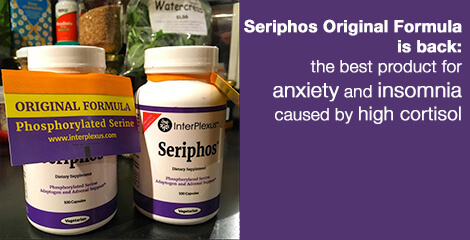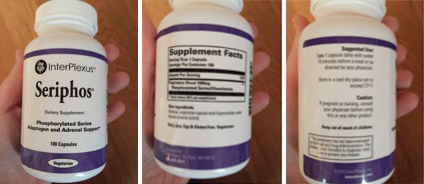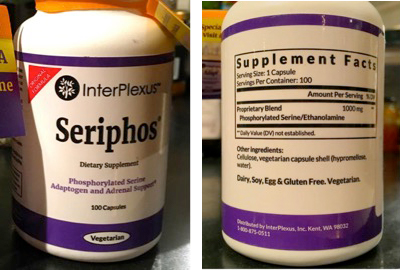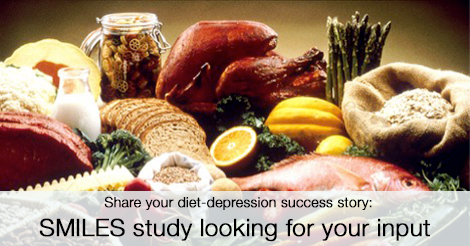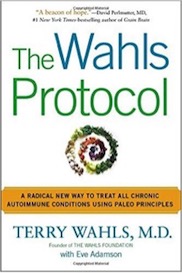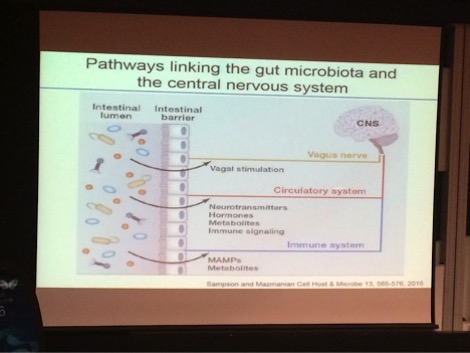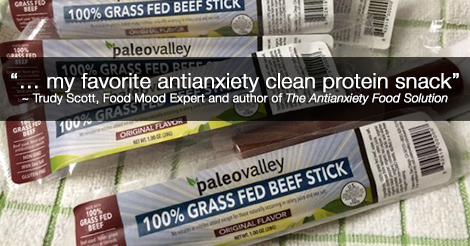
I’ve got something great to share with you today… Paleovalley’s 100% Grass-Fed Beef Sticks!
Have you ever been stuck somewhere without a nutrient-dense healthy snack option: in traffic? At an airport? In a work meeting? At your child’s baseball game? At a conference? At the gym?
A healthy snack, gluten-free, quality protein and helps with blood sugar stability
When life gets busy, if we’re not prepared with healthy snacks it’s not very pretty – we can feel irritable and cranky, our focus and energy can take a dip and we can very often feel more anxious. These are all signs of low blood sugar. Low blood sugar can even trigger a panic attack and cause depression!
In fact, for many of my clients these are some of the main ways to keep anxiety and panic attacks at bay:
- Avoiding gluten
- Keeping blood sugar steady
- Eating quality animal protein
Unfortunately, as you know, doing all this is often far harder in the real world than doing this in the comfort of your own kitchen. This is why having high quality snacks on hand are incredibly important. And if you’re like me and are always prepared and take healthy snacks with you, having something that is delicious and healthy is a top priority!
I have finally found a healthy snack I approve of and so, of course, I want to share them with you!
They are Paleovalley’s 100% Grass-Fed Beef Sticks!
Grass-fed, grass-finished, organic spices, free of dyes, GMOs and gluten
These are not your average beef sticks. These beef sticks:
- Are made from 100% grass-fed AND grass-finished beef (which is very rare!)
- Contain all organic spices
- Are free of all dyes (most casings contain artificial dyes)
- Are also GMO-free, gluten-free, dairy-free, soy-free, carb-free, and contain 0 grams of sugar
AND they also help with blood sugar stability!
They are also fermented and free of trans fats!
But the main reason I really want to share these beef sticks with you (other than the yum-factor!) is because they are FERMENTED just like vegetables. Each beef stick contains 1 billion naturally-occurring, gut-healing probiotics! And we know how important good bacteria and the microbiome is when it comes to anxiety and depression.
Chas and Autumn, the founders of Paleovalley, shared this with me:
Most (if not all) other beef stick companies on the market utilize GMO corn and hydrogenated oils (trans fats) to preserve their sticks. It’s often labeled as “encapsulated citric acid” but can also be deceptively labeled as just “citric acid” or “lactic acid.” When the beef sticks are heated, the encapsulated oil coating melts into the beef stick and the citric acid is released for preservation purposes. Which means you’re getting an unhealthy dose of GMOs and hydrogenated oils with every bite.
Instead of using this process, Paleovalley uses natural fermentation to make their beef sticks shelf stable. From what they tell me, the reason that other companies don’t also use fermentation is that it takes about 4-5 times longer and isn’t as profitable.
So, these Paleovalley 100% Grass Fed Beef Sticks are not only free of questionable additives and GMOs, but they’re also nutrient dense AND support gut and brain health due to the fermentation process.
According to the research, high quality, grass fed red meat is strongly correlated with good mental health!
Another reason I love these beef sticks is that Dr. Felice Jacka, nutritional psychiatry researcher and founder of the International Society for Nutritional Psychiatry Research, has found that grass-fed red meat lowers the risk of anxiety and depression. In fact, Dr. Jacka went into her research thesis hypothesizing that red meat would be unhealthy, but was surprised to find the opposite. I interviewed Dr. Jacka in season 1 of the Anxiety Summit and she shared this about her research:
In our study, out of every single dietary food grouping that I looked at including vegetables, fruits, salads, beans, etc., the strongest correlate of mental health was red meat intake [grass-fed quality red meat of course]
You may also recall my wonderful interview with Autumn on season 4 of the Anxiety Summit. She actually wrote her master’s thesis on dietary strategies for anxiety and shared this (and much more):
I am extremely passionate about mental health and nutrition and have set out to create food products that make it easy for people to eat well on-the-go. Because Dr. Jacka found that grass-fed beef was the most anxiolytic food, we crafted a 100% grass-fed beef stick!
So these nutrient dense 100% grass fed beef sticks not only allow you to avoid substances that are problematic for mental health like gluten, dairy, soy, trans fats, GMOs and sugar but also help you with blood sugar stability (such a big factor when it comes to anxiety). They also provide important key nutrients for mental health such as amino acids, B vitamins, iron and zinc – all needed to make calming neurotransmitters like GABA and serotonin.
Moist, tender, convenient and delicious!
They are moist, tender and have a little snap to them? They are also shelf stable for up to 4 months (much longer if refrigerated or frozen). They are so convenient AND oh so delicious!
And these beef sticks were actually voted #2 best paleo snack of 2014 by Paleo Magazine!
I bumped into Chas and Autumn at a recent conference and they kindly offered to give my community 30% off for a limited time. You’ll also be given first dibs on their brand new, really delicious Garlic Summer Sausage & Summer Sausage flavors (just like healthy, mini hickory smoked sausages)!
Click here to get your fermented, 100% Grass-Fed Beef Sticks for 30% off!… and taste the gut-friendly, fermented, grass-fed goodness for yourself.
Grab some today so that you can stay calm, cool and collected no matter what life throws your way.
ps. Right now these are only available in the USA but I’m looking into options for similar products in Australia, Canada and the UK. I’ll share once I have sourced something. If you happen to have a great resource please share in the comments.
